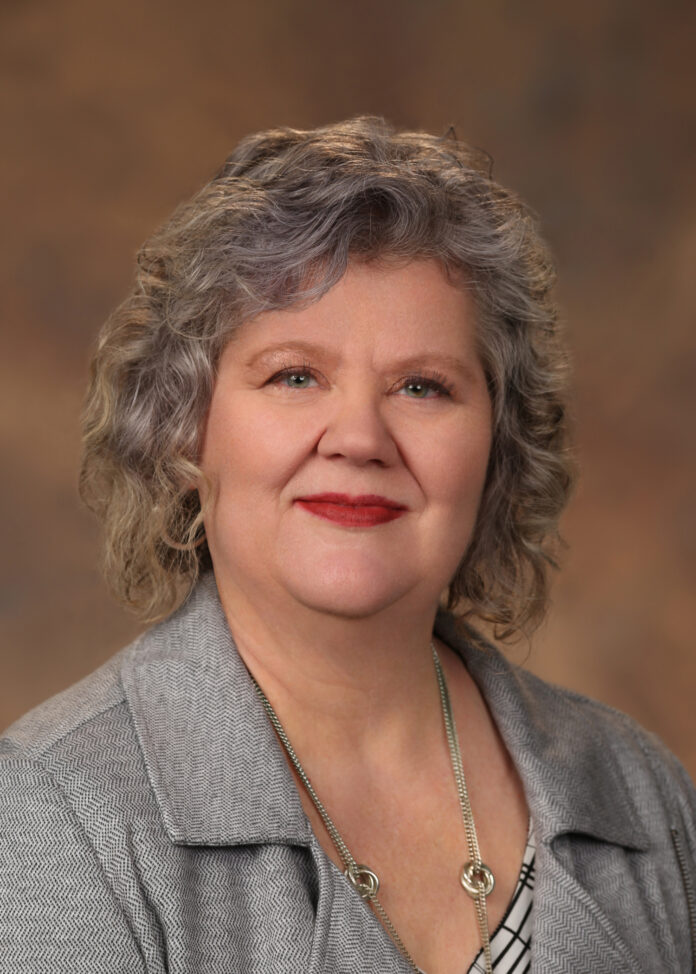
Years ago, I took a post-graduate course on the role of genetics in health care. One of the things the professor said that has always stuck with me is, “genetics is the rubber band, environment is the stretch.”
I think we all have genetic health risks in of some sort. Diabetes, heart disease, cancer, Alzheimer’s, and many other conditions all have a genetic component. But just because a person has a genetic risk, doesn’t mean they will get the condition, and even if they do, it doesn’t mean it’s a death sentence.
That is where the stretch part of the rubber band analogy comes in. We can do things to reduce our genetic risks. Today, I am going to talk a little bit about a very significant genetic disorder, sickle cell disease (SCD) since we just ended Sickle Cell Awareness Month. SCD can be very serious, but there are things people with this condition can do to help reduce their risks, and things we can all do to make the lives of those with sickle cell better.
SCD isn’t just one disease, it’s a group of genetic conditions. The thing these conditions all have in common is that they change how the body forms hemoglobin. Hemoglobin is the part of a red blood cell that oxygen attaches to so it can be carried to cells throughout the body. The name SCD comes from the shape of the red blood cells.
Normal red blood cells look like a disk with a small indention in the center. In sickle cell disease, the red blood cells are shaped more like a letter C. They are named for an old farming tool called a sickle that has the same C shape. Because of that shape sickle cells can get stuck in the smallest blood vessels (called capillaries) throughout the body, causing pain and other very serious problems because oxygen becomes limited to those areas where sickle shaped cells become stuck.
Stresses on body systems can make the pain and complications far worse, and often require medical intervention to avoid or minimize damage to body systems. This is known as a sickle cell crisis. Sickle cells also don’t live as long as normal cells causing a chronic shortage of red blood cells in people with SCD.
About 100,000 Americans have SCD. It is most commonly found in those with an African heritage but has been found in other heritages as well. There are several types of SCD. The most common are HbSS, HbSC, and HbS beta thalassemia. The specific symptoms and issues in each type depends on the genes that are inherited from each parent. The hemoglobin S gene is the abnormal hemoglobin gene that can cause red blood cells to be made in the sickle shape. HbSS (also called sickle cell anemia) is the most severe type of SCD because people with HbSS have two hemoglobin S genes.
HbC and Hb beta thalassemia are other types of genetic hemoglobin abnormalities that can change how hemoglobin is made and can make the symptoms of SCD range from mild to severe. There are a few rare types of SCD HbSD, HbSE, and HbSO. Those people have one hemoglobin S gene and another abnormal type of hemoglobin gene, HbD, HbE, or HbO, and just like the more common types, the symptoms can range from mild to severe.
The last type of SCD is called HbAS or sickle cell trait (SCT). Those people have a normal hemoglobin gene (HbA) and a hemoglobin S gene from their parents. It is very rare for people with SCT to have sickle shaped cells develop or symptoms of SCD. If they do develop, it tends to happen under conditions that put large amounts of stress on body systems, like severe dehydration or very strenuous exercise. People with SCT or SCD can pass along the hemoglobin S gene to their children just as they inherited those genes from their parents.
Generally, people with SCD are diagnosed at an early age. In the U.S., most SCD is discovered with newborn screening tests done at birth.
Treatment of SCD is focuses on pain management and complication avoidance. Some simple steps those with SCD can take are drinking plenty of water to avoid dehydration, avoiding temperature extremes, avoiding places and situations that reduce oxygen levels like high altitudes and strenuous exercise.
Avoiding the stresses that infections cause on body systems is also a key component to avoiding complications. That makes handwashing and vaccination extremely important for those with SCD and their loved ones.
The only cure for SCD is a bone marrow transplant. Because that procedure has its own very serious risks and complications, it is generally not done unless the person has a very severe form of SCD and they have sibling donor who is an extremely close match.
For those of us without SCD, we can help with infection prevention in the community. Frequent handwashing, staying home when you are sick, and getting vaccinated are great tools for keeping us all safer.
Another way you can help with SCD is to become a blood donor. Because their cells don’t live as long, people with SCD can require blood transfusions to help manage their disease. Only 10% of the people who can donate blood do so. In the U.S., that lack of donors means our blood supply is often at critically short levels. Our local blood bank, Vitalant, has information on their website about how to donate: vitalant.org. I strongly encourage everyone who can donate blood to do so. This is an area where one individual can make a big impact, especially if they donate regularly. I would also encourage you to inquire about donation even if you have been turned down in the past. The requirements change over time as we learn more about blood transfusion, so the things that excluded you a few years ago may not exclude you now.



